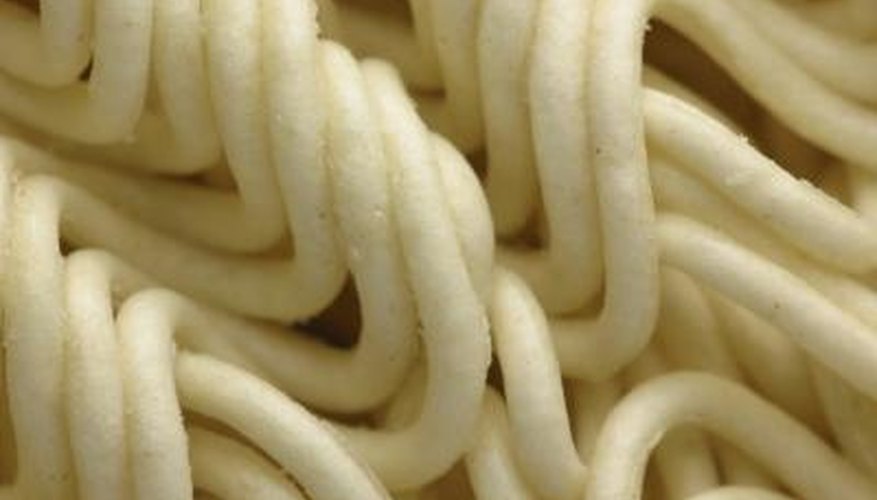Wholemeal and whole wheat pastas can generally describe the same product, however, they are not always the same. Whole wheat pastas are often made with wheat flour, meaning they can contain 100 per cent wheat or only a fraction of wheat. Wholemeal pastas, on the other hand, are made from the entire grain, but are not always made of wheat. This can become a bit confusing, but once you understand the basic meanings behind whole grain and whole wheat, the terms wholemeal pasta and whole wheat pasta will become much easier to understand.
The Meaning Behind Wholemeal or Whole Grain
Both wholemeal and whole grain can be used interchangeably, as they both relate to the same thing. Wholemeal pastas are made with the entire grain, which is unrefined and nothing removed. For example, wheat contains three components: the endosperm, the bran and the germ. If we refine wheat through mechanical means, we remove the germ and the bran. The end result is white flour, which is no longer a whole grain. Processing and refining grains often results in a loss of one or more important parts of the natural grain, so wholemeal pastas often mean that they are made with the entire grain still intact. Wholegrain pastas can be made out of wheat, buckwheat, quinoa or brown rice.
- Both wholemeal and whole grain can be used interchangeably, as they both relate to the same thing.
- Wholemeal pastas are made with the entire grain, which is unrefined and nothing removed.
The Meaning Behind Whole Wheat
If a product is termed "whole wheat," it generally means that it is made from wheat or contains wheat. This does not mean, however, that it contains the entire grain, or that it is a whole grain. Whole wheat pastas are only whole grain as long as the pasta still contains the endosperm, bran and germ. The only way of knowing this information is by looking on the back of the pasta package at the ingredient label.
- If a product is termed "whole wheat," it generally means that it is made from wheat or contains wheat.
Checking Ingredient Labels
To find if a pasta is really made with a whole grain, when advertised as whole wheat, it is best to check the full list of the ingredients. If the first ingredient is not 100 per cent whole wheat, you know that the wheat contained within the pasta isn't a whole grain or wholemeal flour. Often you do not have to look at the ingredient label for a wholemeal or whole grain pasta to know that it is made from the entire grain. For healthy purposes, like for controlling blood sugar (because whole grains tend to have a slightly favourable result on blood sugar levels), it might be wise to check the other ingredients just in case.
- To find if a pasta is really made with a whole grain, when advertised as whole wheat, it is best to check the full list of the ingredients.
- If the first ingredient is not 100 per cent whole wheat, you know that the wheat contained within the pasta isn't a whole grain or wholemeal flour.
Difference in Cooking
Wholemeal pastas are generally harder or tougher than refined wheat pastas, so longer cooking times may be necessary to make it softer. Often wholemeal pastas are heavier than refined pastas because of the added nutrition, namely the bran and the germ, which provide fibre and other nutrients. This can be helpful for people who are trying to control blood sugar, because the extra fibre slows down the release of blood glucose into the body, thus slowing down the effect of insulin secretion.
